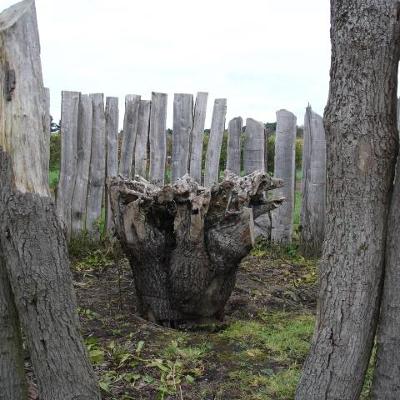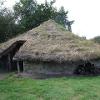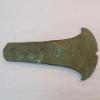Building Seahenge

Seahenge was built by people living and farming near the saltmarshes. In the Early Bronze Age, people would have lived in small farming communities. Their homes were simple roundhouses. The things they used and owned would have been homemade.

Everyday equipment such as knives and arrowheads were made from flint, a naturally sharp stone. Bronze Age people also carved wood, bone and antler to make tools and jewellery. Simple pottery vessels were used for cooking and storage, whilst finer pots such as the intricately decorated beakers were probably used for special occasions, including burial. Metal tools were introduced from the continent just a few generations before Seahenge was constructed. Axes previously made from polished stone were now produced in bronze.

What was Seahenge for?
Up to 50 people may have helped to build the circle, possibly a local tribe coming together to mark a special occasion - perhaps the death of an important member of the community. Across Britain, many ceremonial monuments survive from this period. Some are associated with burials, whilst others were used for community ceremonies spanning centuries.

Although we can never be certain why Seahenge was built, many archaeologists think that the upturned stump supported the body of an important person. Birds and animals would have been allowed to pick the body clean, before the bones were removed elsewhere for burial. As with many ceremonial sites of this period, the circle may also have served as a simple astronomical calendar, marking the Midwinter sunset and Midsummer sunrise.





